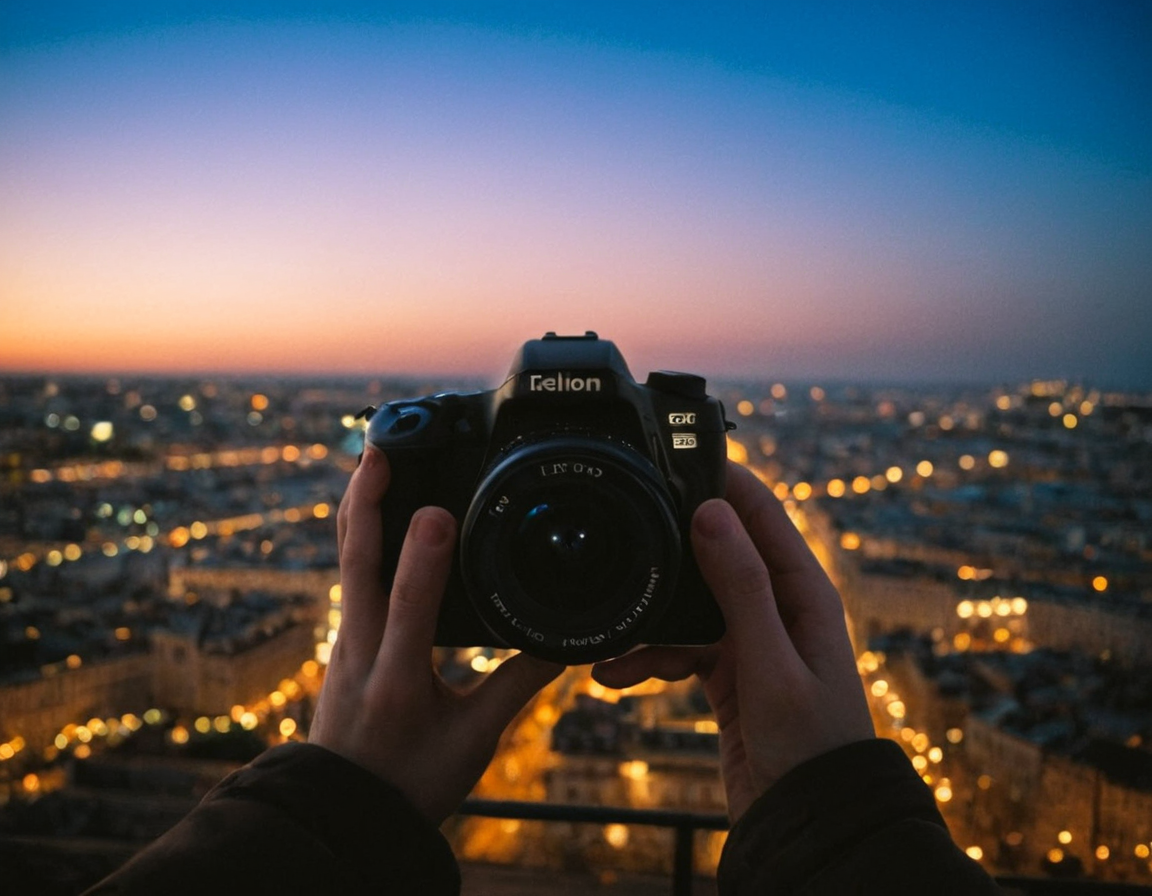Low Light Photography Tips – Capture Brighter Memories

Understanding Low Light Photography: Tips and Techniques for Capturing Stunning Images
As an photographer, you’re no stranger to the challenges of capturing high-quality images in low-light conditions. However, it’s often the situations where light is scarce that require the most skill and creativity to overcome. In this article, we’ll delve into the world of low-light photography, exploring the essential tips and techniques to help you produce stunning images even in the most inhospitable lighting conditions.
Understanding the Challenges of Low Light
Low light situations can be daunting, especially for those new to photography. The lack of sufficient illumination can lead to blurry images, overexposed shadows, and an overall lack of depth and dimensionality. However, it’s precisely these challenges that offer opportunities for photographers to push their boundaries and develop innovative solutions.
Camera Settings for Low Light
Before we dive into the nitty-gritty of low-light photography, it’s essential to understand the fundamental camera settings that will help you navigate these conditions.
- Aperture: A wide aperture (low f-stop number) allows more light into the lens, but be aware that this can also result in a shallower depth of field. On the other hand, a narrow aperture (high f-stop number) provides less light and maintains a greater depth of field.
- Shutter Speed: Slowing down your shutter speed will allow more light to enter the camera, while faster shutter speeds freeze motion and reduce camera shake.
- ISO: Increasing the ISO setting amplifies the sensitivity of the sensor, allowing it to capture images in low-light conditions. However, high ISOs can introduce noise and degrade image quality.
Essential Techniques for Low Light Photography
While the above camera settings are crucial, they’re only part of the equation. Mastering these essential techniques will help you produce high-quality images even in challenging lighting conditions.
Using Reflectors and Diffusers
One of the most effective ways to enhance your low-light photography is by using reflectors and diffusers. These tools can be used to bounce light onto your subject, fill gaps in shadows, or create interesting textures and patterns.
- Bounce Flash: Use a flash unit with a softbox or umbrella to bounce light off a surface, creating a more natural-looking result.
- Diffused Light: Place a diffuser over your lens to soften harsh light and reduce unflattering shadows.
Additional Tips for Low Light Photography
Shoot During the Golden Hour
The golden hour, which occurs shortly after sunrise or before sunset, offers the softest, most flattering light available. This is the perfect time to capture images that exude warmth and depth.
- Location Scouting: Scout locations in advance to ensure you’re positioned to take advantage of the golden hour.
- Be Patient: Golden hour can be unpredictable, so be prepared to wait for the right moment.
Use Available Light
Instead of relying on artificial light sources, learn to work with available light. This might involve using natural light, candles, or even the glow of a cityscape.
- Experiment with Different Angles: Don’t be afraid to experiment with unusual angles and perspectives to add depth to your images.
- Pay Attention to Composition: Use leading lines, framing elements, and other compositional techniques to create visually appealing images.
Post-Processing in Low Light
While the above techniques can help you produce high-quality images in low-light conditions, post-processing is often where the magic happens. Learn how to enhance your images without overdoing it, as excessive editing can detract from the overall aesthetic.
- Adjust Exposure and Contrast: Make targeted adjustments to exposure and contrast to bring out details that might have been lost in capture.
- Color Grading: Apply a subtle color grade to create a cohesive look across your series of images.
Conclusion
Low-light photography requires patience, creativity, and practice. By mastering the essential techniques outlined above and staying true to your artistic vision, you’ll be well on your way to producing stunning images even in the most inhospitable lighting conditions. Remember, it’s not just about capturing images – it’s about telling a story that resonates with your audience.
Call to Action:
Experiment with low-light photography today and see where it takes you! Share your experiences, tips, and challenges in the comments below, and let’s continue the conversation on how we can push the boundaries of light and image-making together.
About David Lopez
As a seasoned photographer and blogging expert, I help creatives refine their craft on lentecreativa.com. With a focus on practical tips & techniques, I inspire photographers to push boundaries and capture stunning images.
